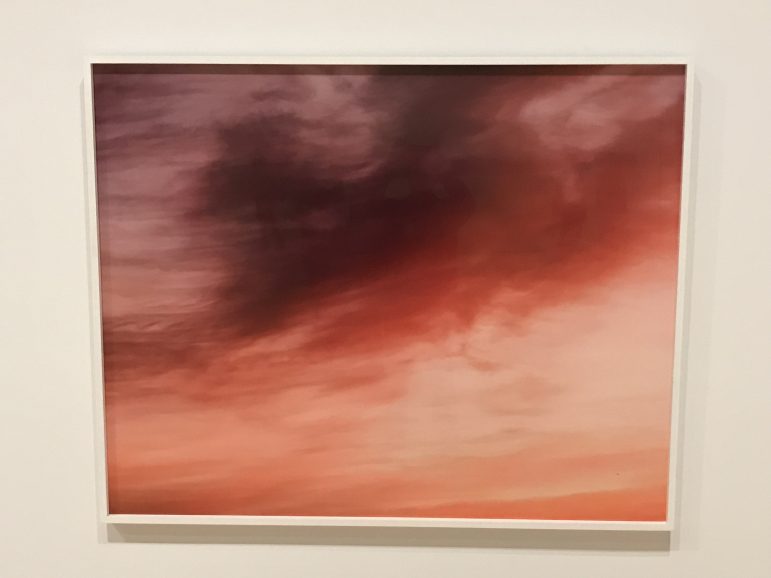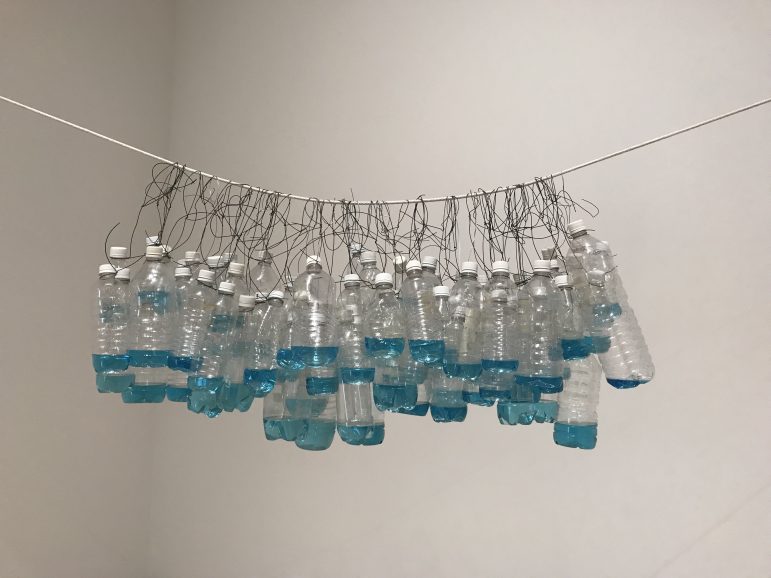
The San Francisco Museum of Modern Art holds many art exhibits year-round. With 45,000 square feet of art-filled space, the museum has a vast array of modern art. The building itself is a work of art. Starting March 3, they are holding two contemporary art exhibitions: Nothing Stable Under Heaven and Sublime Seas.
Nothing Stable Under Heaven
Walking into Nothing Stable Under Heaven is like being inside a time capsule of conflict and strife portrayed by expressive works of multimedia. Nothing Stable Under Heaven explores the ways artists inform us of social, ecological and civil issues. It showcases work from 25 contemporary artists, who address the inequality, violence and conflicts of the past, present and future.
The thought-provoking exhibit’s name comes from “The Creative Process,” a short essay by James Baldwin, an American novelist and social critic in the 1960s. In his essay, Baldwin asserts the idea that, though society assumes stability, artists must inform the rest of us that there is “nothing stable under heaven.”

One of the pieces, Trevor Paglen’s “Untitled (Reaper Drone)” is a photograph of a beautiful sunrise, with a small dark speck in the bottom corner: the body of a government surveillance drone. It shows how we fail to notice the dangers and secrets of aerial vehicles. Paglen contrasts the vast beauty of a sunrise to a miniature Reaper drone — an unmanned aerial device used by the American military for surveillance and combat. The sunrise masks the appearance of the drone, which emphasizes how little the rest of us know of the government’s dangerous and suspicious activities.
Many works of art in the exhibit revolve around the aftermath of 9/11. Tony Feher’s “It Seemed a Beautiful Day” is one such sculpture of plastic bottles filled with bright blue water tied onto a single string. It references the color of the brilliant blue sky on the morning of Sept. 11, 2001. Feher explains his work as a lament “to the lives lost, to the innocence lost … and the crashing down and then uplifting of the spirit that comes out of tragedy.”

Though most of the work seems simple, it is difficult to see behind the surface and understand the underlying message of the art — the way a contemporary exhibit should be.
One of the most interesting pieces was Jim Campbell’s featured presentation, “Tilted Plane.” A perplexing digital installation, hundreds of computer-controlled LED light bulbs are aligned at different heights in a pitch black room. It gives a tilted and disorienting effect when walking through the field of light. Well-synchronized patterns of flickering light cue the motions of birds in flight. It’s amazing to see that small variations of light can reflect the motions of things in nature. Viewers are essentially transported into the art with the birds, looking at everything else down below, which is only an illusion.
Sublime Seas
Whale hunting, birds migrating, transatlantic slave trade. Sublime Seas includes a three-channel film essay that juxtaposed, in a haunting way, the beauty of the ocean and some of the violent activities that humans have conducted through its waves. Though life started in the sea 3.8 billion years ago, the ocean is also a place of death in many ways. In a matter of 10 seconds, the videos alternate between three large panels with clips of nature. The exhibit is hard to look at, since the fast-paced videos constantly change between each panel.
Both exhibits are eye-opening experiences that demonstrate how most of us are oblivious of the dangers, inequalities and issues of our world. Artists, especially contemporary ones, are also activists who present their work to spread a message. Through novel art, we can all learn and feel a little more.





